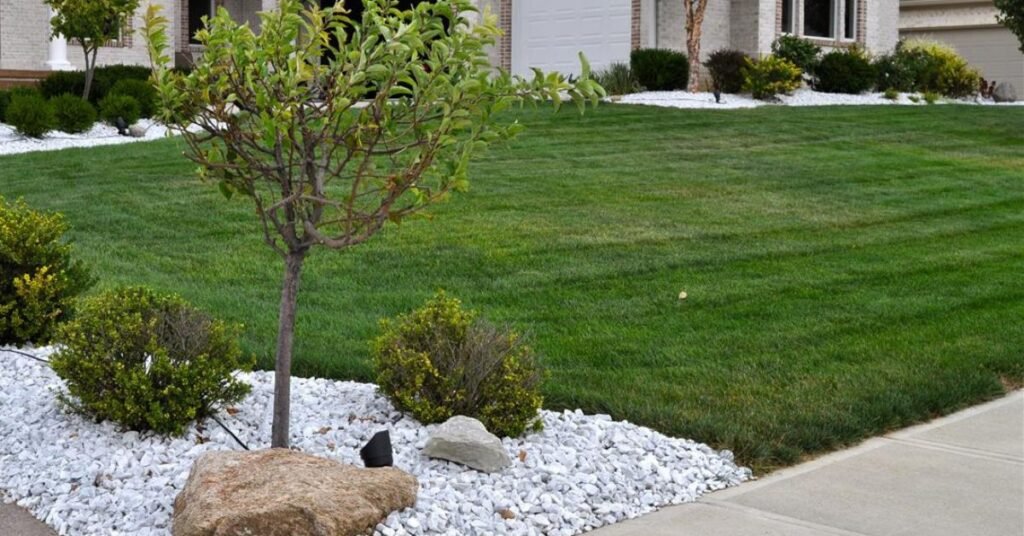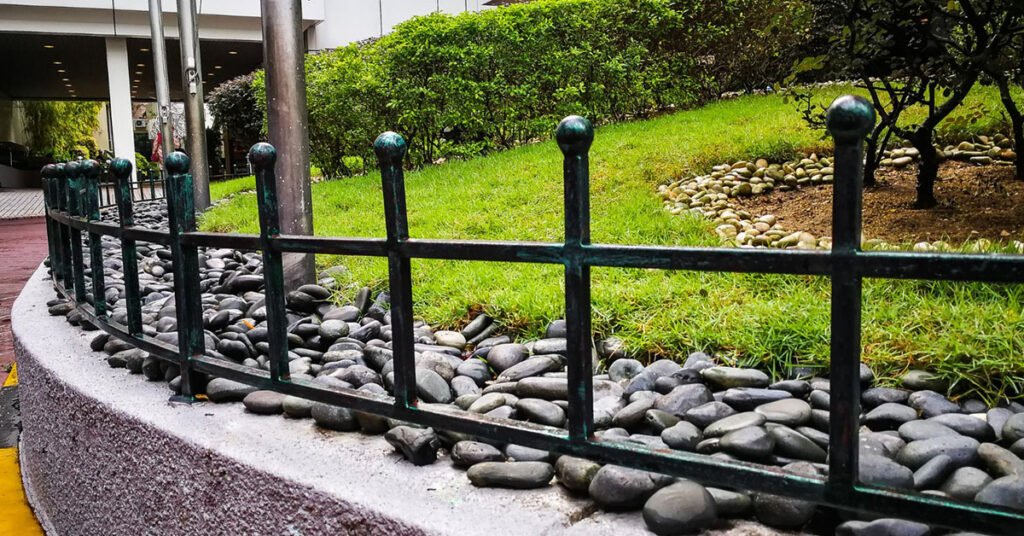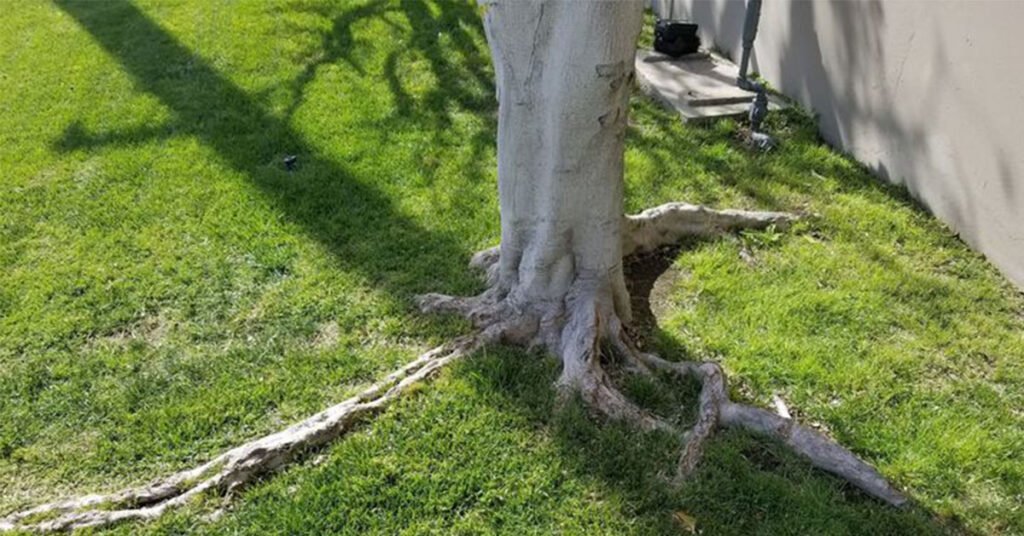Are you considering a career in landscaping? Understanding the basics of landscape rock coverage is essential for anyone entering the field. Whether you’re a budding landscaper or a homeowner looking to tackle your own outdoor projects, knowing how to calculate landscape rock coverage will help you plan and execute your designs with precision and efficiency.
Why Landscape Rock Coverage Matters
Landscape rocks are a versatile and aesthetically pleasing addition to any outdoor space. From pathways to garden borders, rock features can enhance the beauty and functionality of a landscape. However, determining how much rock you need for a project can be challenging without proper planning.
How to Calculate Landscape Rock Coverage
Determining the amount of landscape rock needed for your project is crucial for budgeting and planning purposes. Follow these simple steps to calculate rock coverage accurately:
Measure the Area
Begin by measuring the length and width of the area you want to cover with rocks. Use a tape measure or measuring wheel to get precise measurements. If the area is irregularly shaped, break it down into smaller sections and measure each one separately.
Determine the Depth
Decide how deep you want the layer of rocks to be. For most landscaping projects, a depth of 2 to 3 inches is sufficient. However, if you’re using larger rocks or creating a feature like a dry riverbed, you may need a deeper layer.
Convert Measurements
Convert your measurements to the same unit of measurement (e.g., feet or meters) if they’re not already. For example, if your measurements are in feet, multiply the length and width together to find the area in square feet.
Calculate Volume
Multiply the area by the depth to find the volume of rock needed for each section. For example, if your area is 100 square feet and you want a depth of 3 inches (0.25 feet), multiply 100 by 0.25 to get 25 cubic feet of rock needed.
Account for Multiple Sections
If you have multiple sections to cover, repeat the process for each one, then add the volumes together to find the total volume of rock needed for the entire project.
Consider Compaction
Keep in mind that rocks will settle and compact over time, so it’s essential to account for this when calculating coverage. You may need to adjust your measurements slightly to ensure adequate coverage.
By following these steps, you can accurately calculate the amount of landscape rock needed for your project, ensuring you have the right amount without overspending or running short.
Choosing the Right Type of Rock
Once you’ve calculated the amount of rock needed for your project, it’s time to choose the right type of rock. Consider factors such as color, size, and texture, as well as the overall aesthetic of your landscape design. Popular options include river rock, pea gravel, and crushed stone, each offering its own unique look and benefits.
Tips for Successful Rock Installation
- Prepare the area by clearing away any debris and weeds.
- Install a weed barrier fabric to prevent weed growth beneath the rocks.
- Spread the rocks evenly and compact them slightly to ensure stability.
- Consider using edging material to contain the rocks and create clean, defined borders.
Read More: How To Cut Landscaping Fabric?
Conclusion
Mastering landscape rock coverage is an essential skill for aspiring landscapers and DIY enthusiasts alike. By following these steps and tips, you can accurately calculate the amount of rock needed for your projects and achieve professional-looking results every time. Start planning your next landscaping project today and unleash your creativity with the beauty of landscape rocks.



